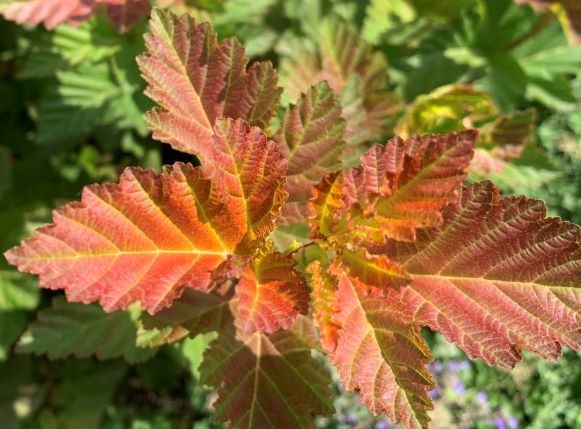Each autumn we delight in the exquisiteness of the booming colors of trees and shrubs in the landscape. The combination of yellow, purple, orange and red is the effect of chemical progressions that take place in the plants as time transforms from summer to winter months.
Throughout the spring and summer months, the foliage of the plants has aided as factories where most of the nourishments essential for the tree’s development are mass-produced. This food-making method occurs in the leaf in several cells comprised of chlorophyll, giving the leaf its green hue. This remarkable chemical captivates from sunlight the energy that is expended in changing carbon dioxide and water to carbohydrates, primarily sugars and starch.
Besides the green pigment are yellow to orange colors, carotenes and xanthophyll pigments which, for example, contribute the orange tint in a carrot. Largely throughout the year these hues are disguised by excessive quantities of green pigment.
Temperature, water, and light contribute an influence on the extent and interval of autumnal color. Subdued temperatures above freezing will support anthocyanin development fabricating brilliant red hues in maple trees. However, a premature frost will wane the vivid red shade. Rainy or gloomy days lean towards an intensification of fall colors. The ideal moment to appreciate fall colors would be on a clear, dry, and cool day. Welcome the colors, they only befall for a fleeting time each autumn. To inquire further about how All American can increase fall color in your residential landscape, call the office at 402-408-0000.


